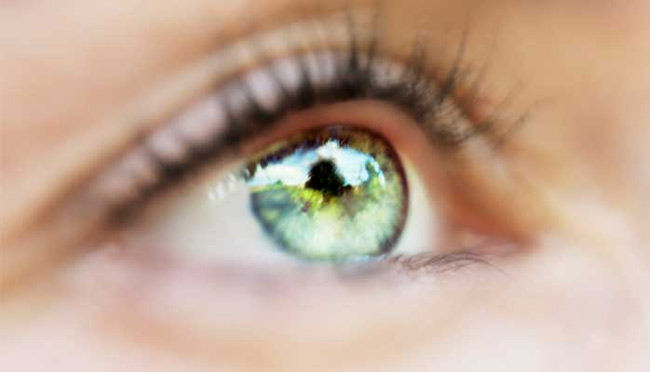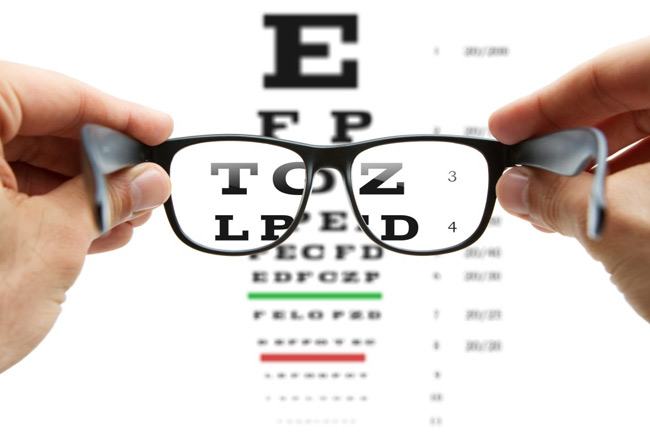Eye Floaters or Spots

Spots (often called floaters) are small, semi-transparent or cloudy specks or
particles within the fluid inside the
eye that becomes noticeable when they move
within the line of sight. They may also appear with flashes of light.
They appear as specks of various shapes and sizes, threadlike
strands or cobwebs. Since they are within your eyes, they move as your eyes move
and seem to dart away when you try to look at them directly.
How are they caused?
The eyes are filled with fluid which maintains the shape of the
eye, supplies it with nutrition and aids in the focusing of light. Often,
particles of protein or other natural materials are left floating or suspended
in this fluid when the eye is formed before birth. If the particles are large or
close together, they cast shadows which make them visible.
They may also result from age related changes in the vitreous
fluid (deterioration of eye fluid or its surrounding structures), or from
certain eye diseases or injuries. When people reach middle
age, the vitreous gel may start to thicken or shrink, forming clumps or strands
inside the eye. The vitreous gel pulls away from the back wall of the eye,
causing a posterior vitreous detachment.

It may be common among people suffering from:
- Are nearsighted;
- Have undergone cataract operations;
- Have had YAG laser surgery of the eye;
- Have had inflammation inside the eye.
Signs and Symptoms
If a spot or shadowy shape passes in front of
your field of vision or to the side, you are seeing a floater.
Floaters can come in many shapes. They can appear as small dots,
circles, lines, veils or cobwebs. They are most apparent when looking at a blank
wall or trying to read. A person may have several floaters or only a few.
Usually floaters occur only in one eye at a time. Floaters are annoying but
painless most of the time. They do not cause any loss of vision.
You may also see flashes of light. These
flashes occur more often in older people as the vitreous humor thickens and tugs
on the light-sensitive retina.
Diagnosis
Floaters can be detected during a complete Optometric examination. By looking inside the eye with an instrument called an ophthalmoscope, the Optometrist may detect floaters before the patient becomes aware of them. If the floaters indicate disease or other problems requiring care, the patient will be referred to the appropriate health care practitioner.

Treatment
Treatment is not needed or helpful if the retina is free of bleeding, tears and weak spots. Treatment is needed if a tear is found in the retina. This is most commonly repaired with a special argon laser by an eye doctor. In some cases, surgery may be needed to reattach the retina.
There are a few eye doctors that are performing laser surgery for floaters, but one of the major criteria for one's eligibility for this procedure is the location of the floaters in the vitreous fluid. This procedure has not yet been excepted by most of the medical community, probably due to the associated risks.
Prevention
Floaters are generally a normal development of the formation of the eye, they cannot be prevented.
